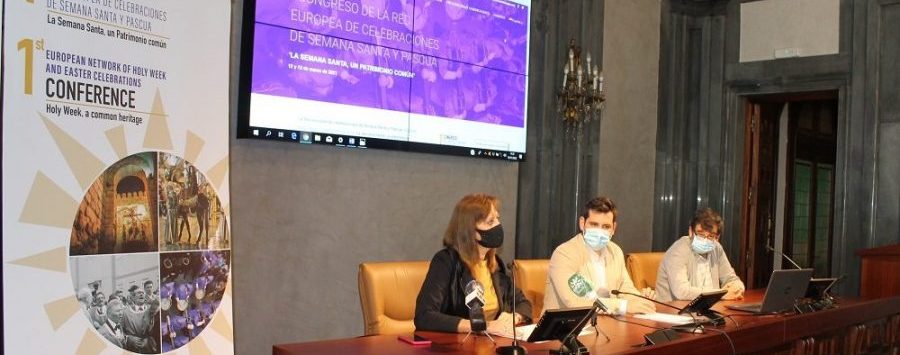
The European Network of Holy Week an Easter Celebrations Association holds its first meeting
The European Holy Week and Easter association held its first meeting in Cabra (Andalusia, Spain) with the intention of forming a network of European towns and cities and applying to be a Cultural Route of the Council of Europe.
Several entities from five European countries (Italy, Malta, Slovenia, Spain and Portugal) met in Cabra, Andalusia (Spain) on 12 September for the first General Meeting to discuss how to implement and formalize an association. The objective of which is to create a network of Holy Week and Easter entities and apply to become a Cultural Route of the Council of Europe.
Participants discussed the actions that have already been taken during the meeting, such as the 1st European Forum on Holy Week and Easter Celebrations (held the day before in Lucena, Spain), the 2018-2019 plan of action and forming the project management team and the scientific committee. It was also agreed that all participants would become founding members of the association, which intends to promote the Council of Europe application.
About the Cultural Routes of the Council of Europe
Launched by the Council of Europe in 1987, Cultural Routes demonstrate, by means of a journey through space and time, how the heritage of different European countries and cultures contributes to a shared and living cultural heritage.
A European Cultural Route covers several countries or regions and is organized around a common theme, whose history, artistic or cultural interest is distinctly European, either due to its geographical location or owing to its content or meaning.
About the European Network of Holy Week and Easter Celebrations
The European Network of Holy Week and Easter Celebrations will be an international cultural association, open to all religions and beliefs that celebrate the Passion and Resurrection of Jesus Christ, and whose cultural heritage is a reference point in their respective regions and/or countries.
The Association intends to combine efforts and make use of synergies by consolidating a model to preserve and promote Holy Week and Easter heritage, while showcasing the expressions belonging to the different members and geographical locations as quality tourist destinations.



